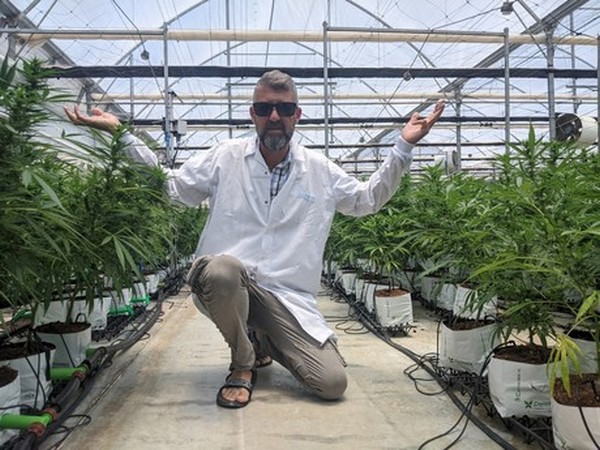After another year has passed that was filled with global health challenges, we have all been looking forward to the fresh start of a new year. But before we move on, much has happened in the cannabis industry in 2021, so we are starting off the year by taking a look back at our top 10 most read articles of last year. The figures clearly show that the industry was especially interested in crop protection and methods to improve cultivation. Also a lot of interest has been shown for new trial results and researches. And to top it all off, we visited an Israeli grower doing a trial on the effects of controlling the roots zone temperature.
Let’s take one final look back at 2021 and see the best read articles on MMJDaily during the just-passed year. So, in the event you have missed out on some of our 2021's greatest hits, now is your chance to catch up!
1. A very dangerous cannabis pathogen: the Hop Latent Viroid
To start off our list, crop protection is of course of great interest for growers. For cannabis growers in particular, dealing with pathogens is especially stressful because of the strict regulations they have to comply with. “As of now, there are two main issues in commercial cannabis production with minimal information in comparison to all the other IPM issues,” Anoo Solomon, Owner and Director of Operations and Education at CannaProtect IPM Solutions explains. “One is the Cannabis Aphid, but there is also another one that is exceptionally tricky: the Hop Latent Viroid, or HLVd. The availability of peer-reviewed published research on HLVd is very limited, or even non-existent. However, a lot of testing and research is happening currently, and all we need to do is to keep going and figure out how to deal with it.”
Want to know how to look for the signs on your own plants? Click here to read more.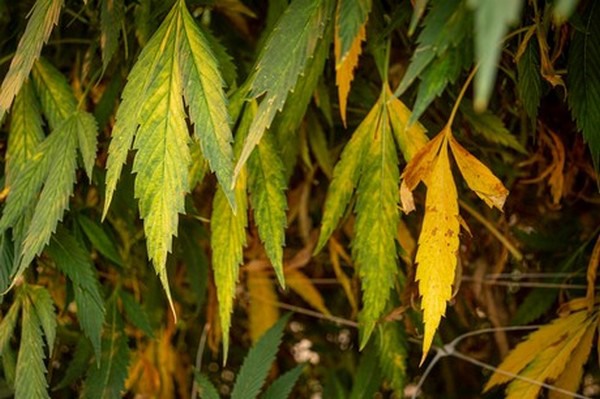
2. Aphria receives regulatory approvals to complete transaction with Tilray
In March 2021, some big company news was shared by Aphria and Tilray, who were ready to combine forces. “We continue to believe our combined business strengths and capabilities will help us to connect more effectively with new and existing consumers and patients across Canada and internationally. Together, we expect the Combined Company to have a strong financial profile, low-cost production, leading brands, distribution network and unique partnerships, positioning us to deliver sustainable value for all stakeholders,” explained Irwin D. Simon, Aphria’s Chairmand and Chief Executive Officer.
Want to know more details about the transaction? Click here.
3. A floral crop is growing next to the Sauvignon Blanc wineries near Cape Town
From wine to cannabis, the climate in a South African region near Cape Town turns out to be perfect for both cultivations. Cannsun is one of the largest cannabis license holders in South Africa, and their 23-hectare farm is exactly located in the heart of the South African wine region. “There are 15 wineries close to us,” says David Parry, CEO of Cannsun. “This area is relatively close to the ocean, which provides the whole region with a perfect microclimate to grow Sauvignon Blanc grapes, but also Cannabis. We have an abundance of photoperiod that allows us to grow high-CBD and high-THC cultivars at comparatively low cost. All these aspects attracted us to build our farm here, but also because of the possibility to create jobs and skills development, supporting the local community and economy.”
Interested in Cannsun’s greenhouse and outdoor production in this winery-filled region? Click here to read more.
4. Plasma treatment as an alternative to cannabis irradiation
Some growers resort to irradiation to kill excessive bacteria and mold. “But when it comes to cannabis, using irradiation is like using a hammer to kill small flies,” says Dr. Florina Truica-Marasescu with Cold Plasma Group. That is why Florina and Plasma Group have developed an innovative method to clean harvested cannabis flowers that does not involve radiations at all. “The concept is based on plasma treatments. I had this idea when I was talking with a colleague, who is a scientist in the cannabis industry. He was the first one to mention to me the problems of irradiation sterilization. So, he asked me if I had any idea on how to solve this, and I thought of plasma.”
Even though the processes behind plasma treatments are particularly complicated, it is not necessary to be a plasma scientist to use one of the CPG machines. Interested in learning more? Click here.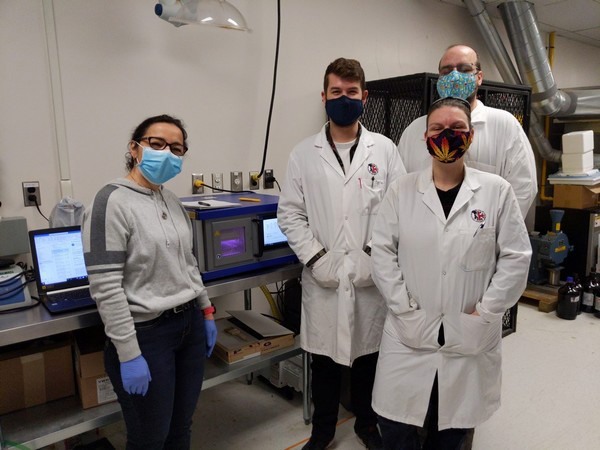
5. Top-down tray drying vs hang drying: what is the difference?
In the cannabis industry, a lot of attention is put on the cultivation process, as growers must produce high-quality products to stand out in such a highly competitive market. There is the possibility, however, that the focus on maximizing the quantity of the yield might lead to growers overlooking other equally important processes, such as drying. Properly drying and curing the cannabis is the very last, crucial step of the journey of a cannabis plant, and failing to deliver in this phase can have very serious repercussions on the quality of the end-product. “There are a lot of developments with regards to irrigation, lighting, substrates, and climate,” Nick Abbingh with Cannabis-Drying.com says. “At the same time, the post-harvest processing is often overlooked and rushed. The issue is that doing this is literally like tripping at the finish line. The consequence of this for the cannabis operation can be quite significant.”
Click here to read more.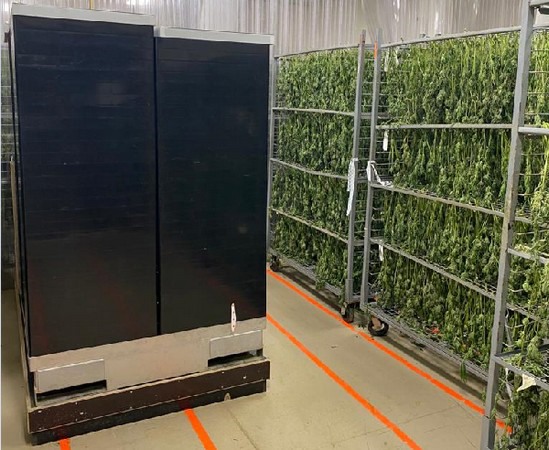
6. Wageningen UR medicinal cannabis trials resulted in optimized cultivation methods
The WUR medicinal cannabis trials, in partnership with Royal Brinkman, contained four cannabis varieties each, three THC varieties and one mixed variety that contained both THC and CBD. One of the cultivation methods, involves research of water quality on cannabinoid levels. “The results of these trials are certainly a promising indication that optimized water quality can make a big difference to cannabinoid outcomes at a commercial level.”
To read more about the trial results, click here.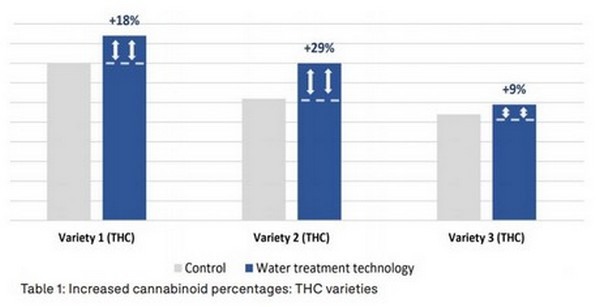
7. “If you are not building vertically now, you are going to find yourself far behind the competition”
In February of last year, the cannabis industry was still facing some long-time challenges. Although cannabis cultivation is a subset of horticulture, it is nothing like growing, say, tomatoes and peppers. There might be some similarities, such as efficiency and consistency that should be the top priorities of every grower. Yet, cannabis needs a more regulated environment than vegetable growing. Furthermore, growers are often limited when it comes to growing techniques and methodologies. That is why the cannabis industry keeps innovating and deploying the most advanced technologies, which is allowing growers to overcome those challenges that at first might have seemed insurmountable.
How do you increase efficiency and get a head start over the competition? Read it here.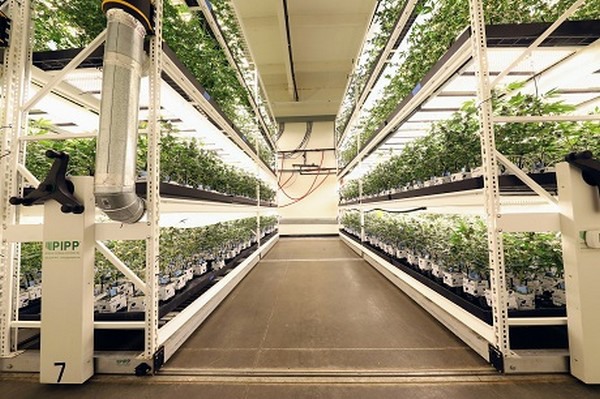
8. "Too much light does not necessarily imply a bigger yield"
The mentality of more is always better does not apply to everything. This approach is kind of widespread in the cannabis industry, and while it is appropriate with regards to some elements of indoor cultivation, there are other aspects where overkilling it is definitely not beneficial. One of these is the lighting footprint.
Click here to read what the consequences of overkilling are and how to avoid it.
9. Combining hydroponic and aeroponic in vertical farming
Generally speaking, horticulture operations can be quite expensive to operate; yet, growers can rely on hundreds of years of knowledge to improve the efficiency, so that those costs go down. At the same time, the cannabis industry cannot rely on such knowledge, and it is not uncommon to see cultivation facilities with huge bills at the end of the month. As the industry matures, growers are finding new ways to drive the efficiency up and the cost down, and one of these solutions is vertical farming.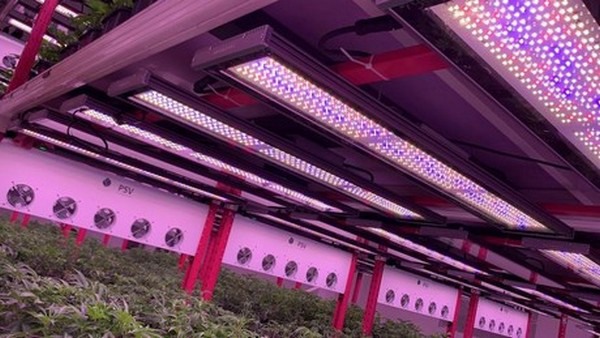
10. Israeli grower showcases the effects of controlling the roots zone temperature
We conclude this list with a visit to an Israel-based medical cannabis greenhouse, where the grower is trialing an innovative solution by Roots Sustainable Agricultural Technologies. Breath of Life has installed the new heat exchange probes designed by Roots Sustainable Agricultural Technologies. Or, the R&D manager on behalf of BOL, takes care of explaining how the trial was set up. “We have set up two rows of same cultivar cannabis plants,” he says. “One row has the Roots system installed.” Indeed, every pot has a heat exchange probe from Roots to check the temperature of the root zone and adjust it accordingly. “We are still waiting for the lab results, but there are some things that you can already see with your eyes,” Or adds.
To join along on our visit, click here.